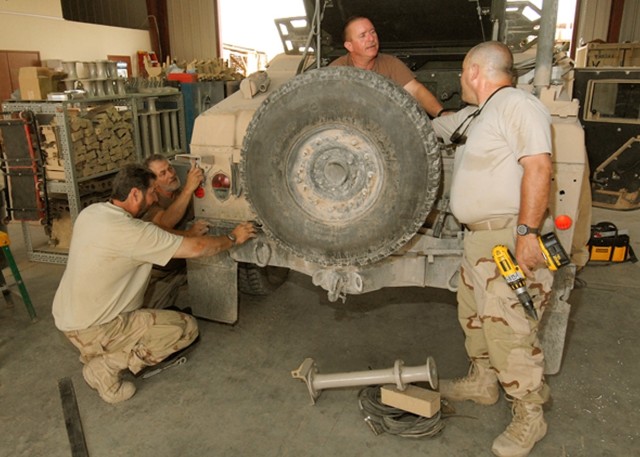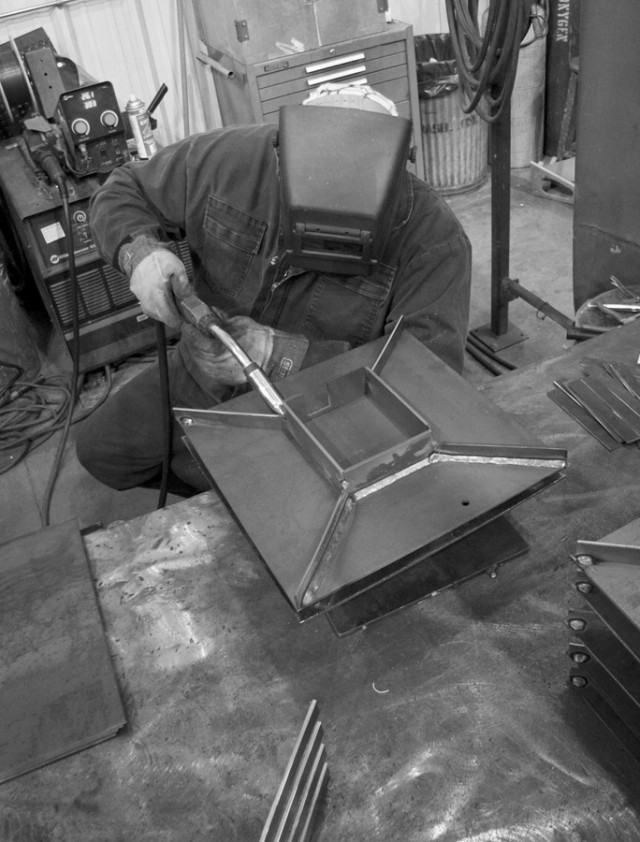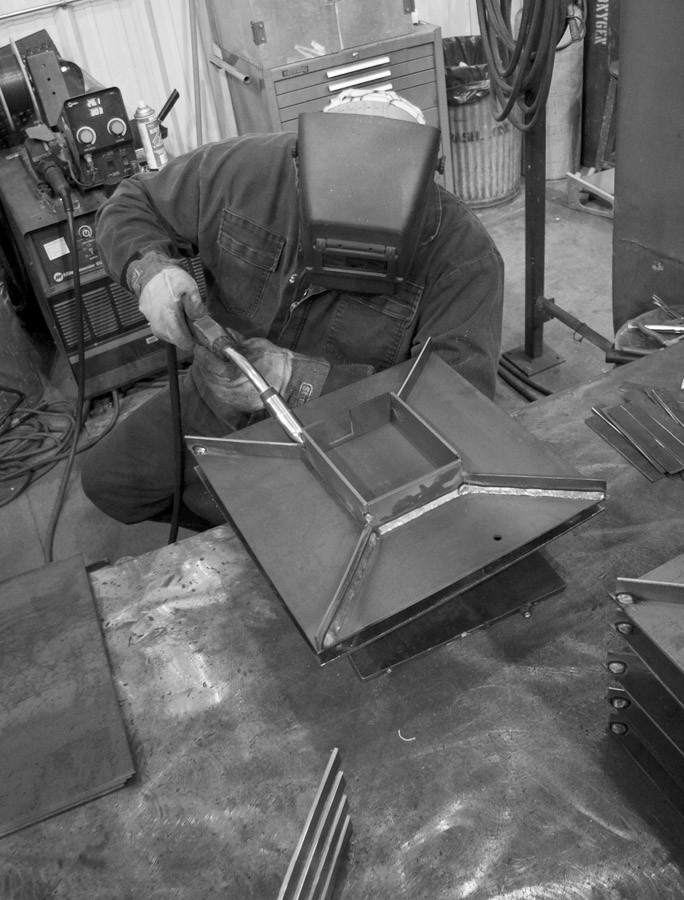WASHINGTON (Army News Service, Aug. 15, 2008) Aca,!" The Army reset program is essential to the readiness and combat capability of the Army, said the outgoing director of integration at the Office of the Deputy Chief of Staff for Army Programs (G-8).
According to retiring Brig. Gen. Albert Bryant Jr., the Army reset program began about three years ago and is responsible for recapitalizing or replacing more than 300,000 pieces of equipment.
Aca,!A"The program is an essential part of sustaining the ArmyAca,!a,,cs ability to conduct operations. If we donAca,!a,,ct reset these units and get the equipment into the hands of the Soldiers, allow them to train with it and deploy, then obviously our ability to do our job in our deployed theaters of operation will suffer,Aca,!A? he said.
Reset is one of Chief of Staff of the Army Gen. George W. Casey Jr.Aca,!a,,cs four imperatives, and it costs an average of $16 billion dollars to reset 20-something brigades each year. Congress passed the latest supplemental spending bill on June 30, and included almost $8 billon for reset in operations and maintenance funding and almost $2 billion for reset in procurement funding.
In a typical reset process, a unit would take a piece of equipment, a Humvee, for example, and turn it over the Army Sustainment Command in Kuwait. The vehicle would be shipped to a depot in the U.S., where it would be inspected, stripped to the base frame and inspected again. After sandblasting the vehicle, it would be put through an assembly line and rebuilt to the highest, newest standards available. An older, up-armored M1114 Humvee would come out as a heavier, safer M1151/1152 Humvee, for example.
The goal, Bryant said, is to return each piece of equipment to zero-miles, zero-hours status.
Aca,!A"ThatAca,!a,,cs an almost like-new vehicle,Aca,!A? he said. Aca,!A"Zero-hours and zero-miles means that itAca,!a,,cs like getting a completely factory-rebuilt vehicle with the same warrantees you had when you started.
Aca,!A"The wear on our vehicles (is intense). WeAca,!a,,cre using them at many, many times the normal peacetime utilization rates. The terrain is tough on the vehicles. The weather is extreme. The combination of heat and dust is extremely wearing on any mechanical system. So the process of looking at them in detail and ensuring we are restoring them to (full-operational) capacity at whatever our requirement is, is fundamental to our reset program,Aca,!A? Bryant continued, noting that equipment reset will continue for at least two to three years after operations in Iraq and Afghanistan end.
If a vehicle is so damaged that it would be impossible or cost-prohibitive to repair, the Army would replace it, said Bryant.
Aca,!A"We always balance out the requirement between what is the cost of repairing the vehicle versus what is the cost of replacing the vehicle,Aca,!A? he said. Aca,!A"ThatAca,!a,,cs obviously a function of both resources that we have available to place against the problem, and what is the best mix. If a vehicle is not cost-effective to repair, we will request replacement of it.Aca,!A?
The reset equipment wonAca,!a,,ct be returned to the same unit, but will go into a large Army Aca,!A"motor poolAca,!A? and be assigned to commanders and units as needed. The process usually takes eight to 10 months, but can be expedited depending on requirements.
Bryant said the Army tries to get modernized or recapitalized equipment to Soldiers within six months of a unitAca,!a,,cs return so theyAca,!a,,cll have plenty of time to train before beginning another deployment, but added that both meeting this requirement and getting the equipment to theater where itAca,!a,,cs needed most is a big challenge.
In order to get equipment back into the hands of warfighters, depots like Anniston Army Depot, Ala., Red River Army Depot, Texas, and Tobyhanna Army Depot, Penn., are busier than theyAca,!a,,cve been since Vietnam. According to Bryant, most are meeting or surpassing production requirements.
Some depot employees even deploy to the Middle East to repair equipment in theater, and the Army Sustainment Command recently began sending teams to individual units to repair smaller equipment like weapons, radios and chemical and biological detection and sensing equipment. According to Bryant, in two or three weeks one team might repair 40,000 pieces of equipment for a brigade combat team.
Aca,!A"Commanders love it. They said itAca,!a,,cs exactly the right way to do it, and weAca,!a,,cre trying to see if we can expand it throughout the total force as much as possible. ThatAca,!a,,cs over and above equipment which is so seriously damaged that it has to be evacuated to a depot facility for repair,Aca,!A? said Bryant.
Aca,!A"The reset program has been a tremendous success,Aca,!A? he said. Aca,!A"The proof is in the fact that when our units deploy, commanders have what they need to do their jobs.Aca,!A?




Social Sharing